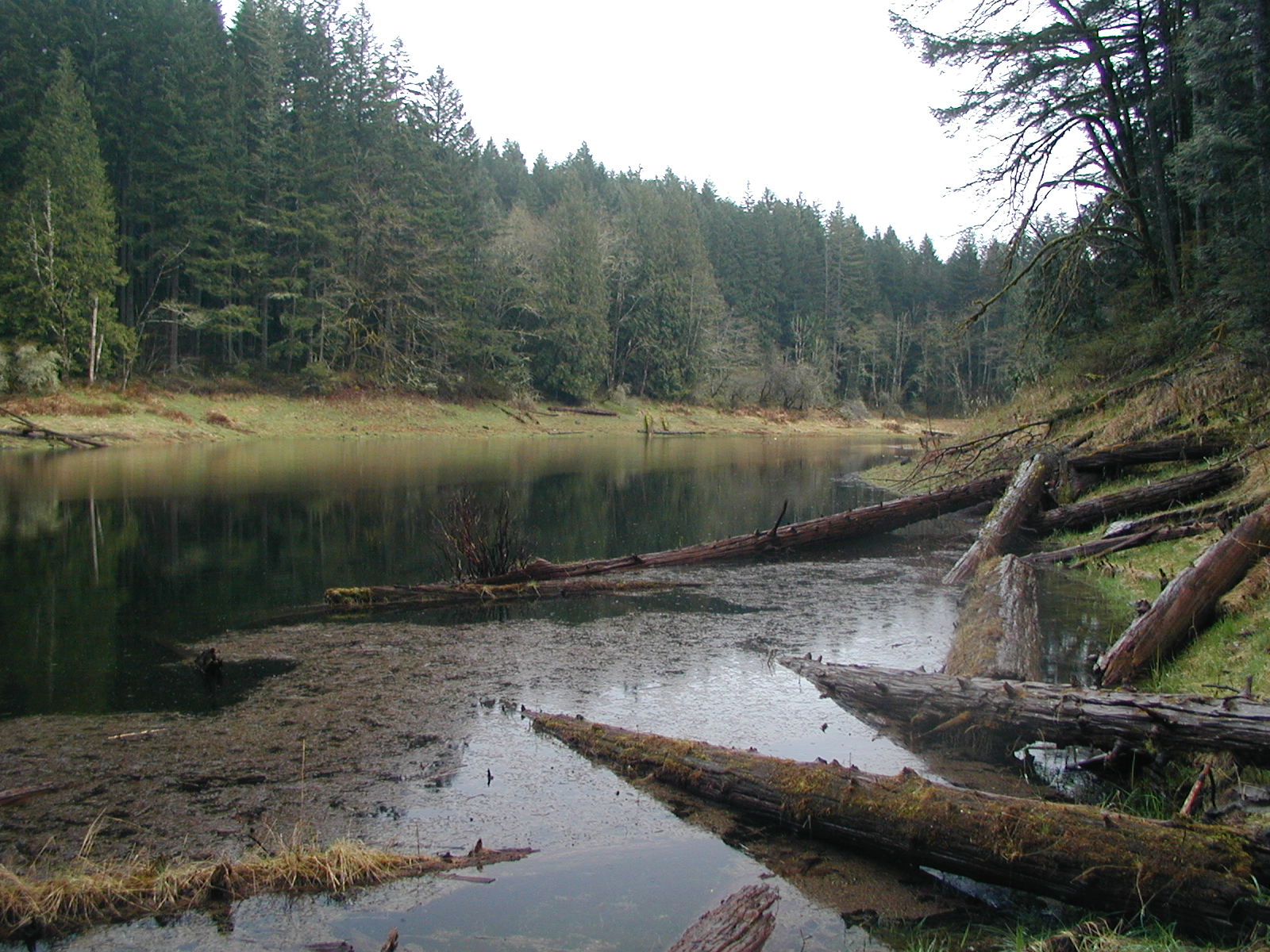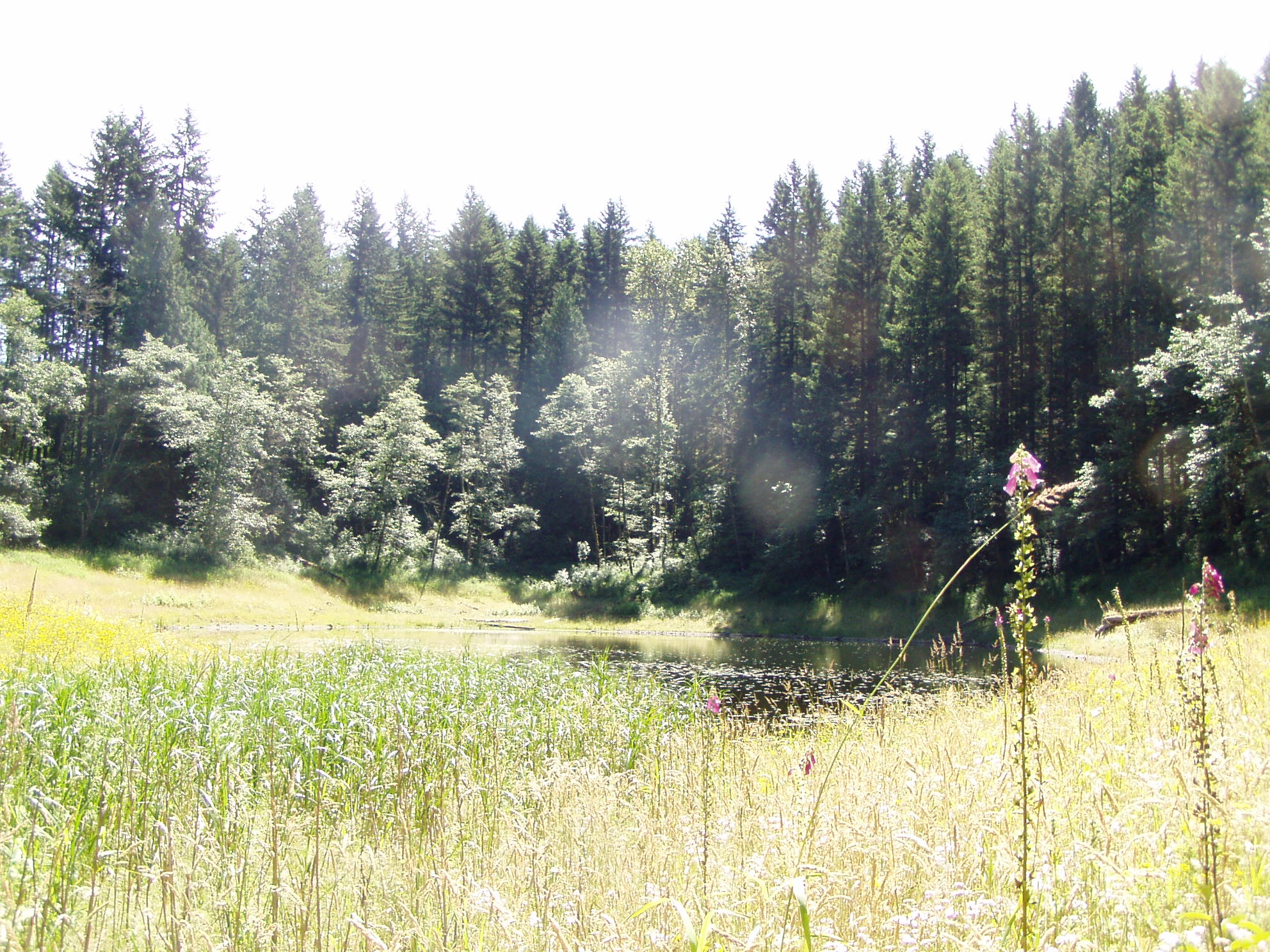

14 Lakes Habitat Restoration Project Summary
SUNDAY, JUNE 4th - Bird Monitoring Project in the Cedar River Watershed.
Monitoring
Several types of monitoring are planned for the 14 Lakes area, including pond water levels, amphibian breeding and movement, plant survival, and plant community succession. Sunday, June 4th, 2006, we will conduct bird surveys around all five ponds, documenting all birds on the pond, in the open area surrounding the pond, and in the adjacent forest. The bird survey will provide a baseline prior to planting and snag and downed wood creation, so we can evaluate the effect of the restoration project on bird use.
Background
The 14 Lakes wetland complex includes five ponds that differ in size, water depth, slope, and vegetative character. These depressional wetlands lack inlets or outlets, so their hydrology is primarily influenced by precipitation and groundwater fluctuations. The ponds do not support any fish species and consistently have the heaviest density of amphibian breeding in the lower Cedar River Municipal Watershed. The hydrology of these wetlands has changed over the years and they currently hold less water than in previous years. In some locations the forest edge is now a substantial distance from the pond edge, making the amphibian breeding migration difficult. There is a low diversity of plant species in the open area surrounding the ponds, and little to no shade exists around the pond. In addition, Eurasian blackberry, reed canary grass, and other non-native invasive species have established in some of the open areas around the pond edges.

Project objectives
The objectives in the 14 Lakes wetland complex are to:
· Improve connectivity between the ponds and the adjacent forest by creating corridors for wildlife including amphibians and small mammals.
· Provide additional habitat diversity within the ponds by adding treetops to serve as cover for aquatic organisms and egg mass attachment substrate for breeding amphibians.
· Reestablish a native plant community in the open areas surrounding the ponds.
· Enhance native species diversity and structural complexity both within the forest and the open areas adjacent to the ponds.
Treatments
In 2005, 27 trees from the adjacent forest were felled toward three of the ponds to provide both amphibian travel corridors from the breeding ponds to the forest and substrate within the ponds for egg attachment. In addition, all Eurasian blackberry was grubbed out from around two of the ponds and a large patch of blackberry was dug from a third pond. In 2006 additional blackberry removal is planned, plus a variety of tree and shrub species will be planted to compete with the reestablishing blackberry. In addition, the surrounding forest will have some snag and downed wood creation, both to provide habitat and to ensure that the big leaf maple trees will survive and continue to add that species diversity and structural complexity to the forest.
Please contact Michael Hobbs at BirdMarymoor@frontier.com or 425-869-2370 if you are interested in doing this monitoring, or if you have any questions.